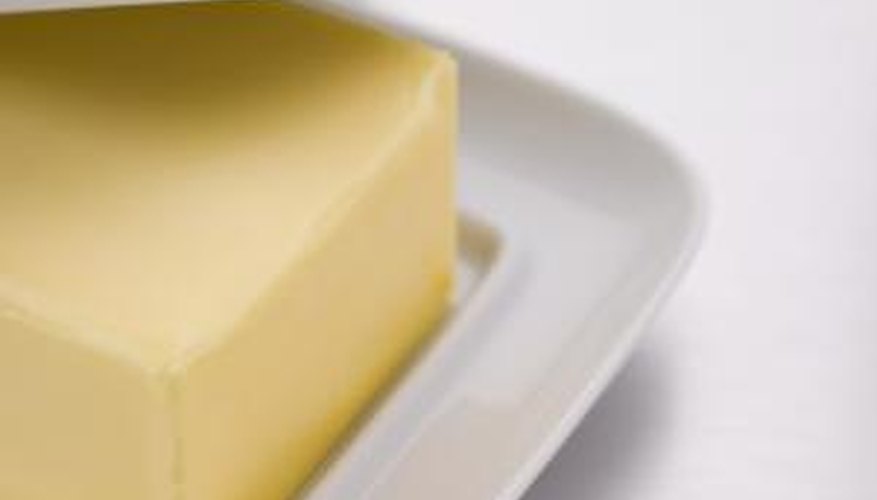Culinary foams have been used for decades in various dishes, but were reinvented by legendary chef, Ferran Adrià in the 1970s. Foams are traditionally made from fruit juices, stocks or vegetable purées that are then mixed with gelatin, lecithin or other dairy products. But with the correct hand-whipping method or with the help of an immersion blender, you can make a simple butter foam to accompany your recipe.
Prepare your dish according to the recipe. You want to have your dish nearly complete or fully complete when you make the butter foam, as the foam will usually sit on top of the finished dish. If you prepare the foam ahead of time, it will most likely fall before you can serve it.
Melt butter in a medium saucepan. The amount of butter you melt depends on the recipe you are preparing. Melt at least 2 tbsp of butter to get a proper foam, though you don't necessarily have to use all the foam in the finished dish.
- Culinary foams have been used for decades in various dishes, but were reinvented by legendary chef, Ferran Adrià in the 1970s.
- Melt at least 2 tbsp of butter to get a proper foam, though you don't necessarily have to use all the foam in the finished dish.
Whisk the butter continuously as it is melting.
Remove the butter from the heat before it turns brown and continue whisking.
Add any seasoning or oils, such a truffle oil to flavour the butter, or leave the butter plain.
Continue whisking vigorously until a foam begins to form. To make your task easier, use an immersion blender to blend the butter and form the foam.
Spoon the butter form onto your finished dish and serve immediately.
